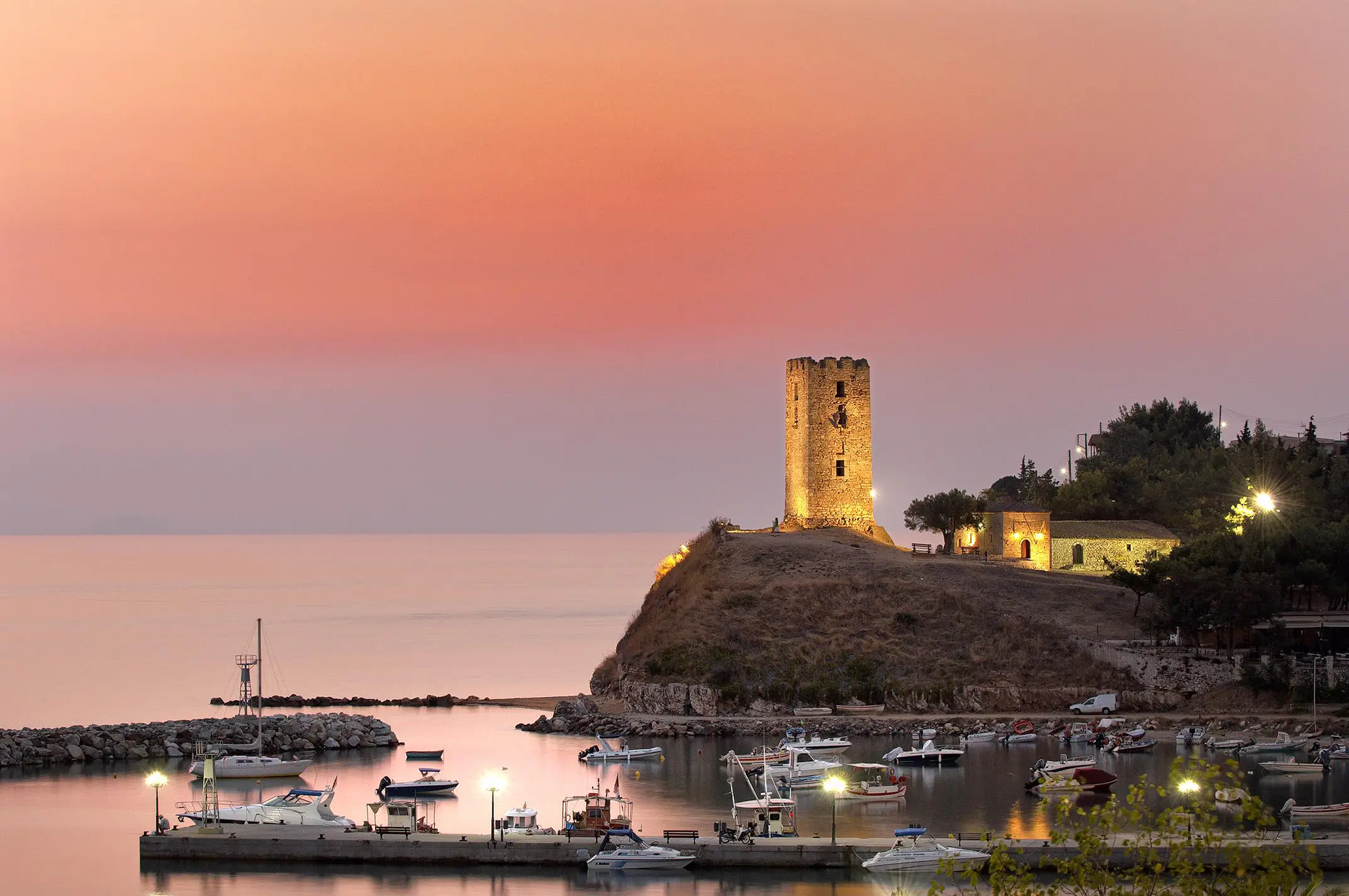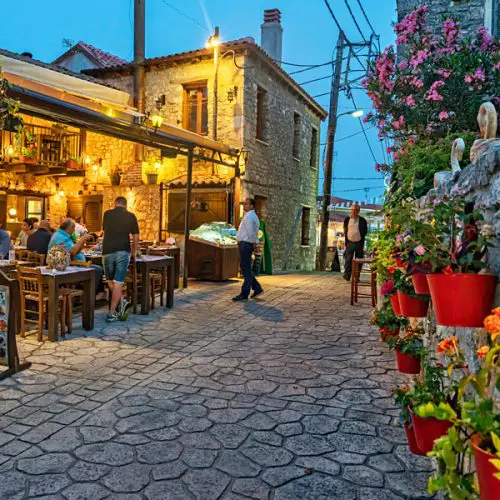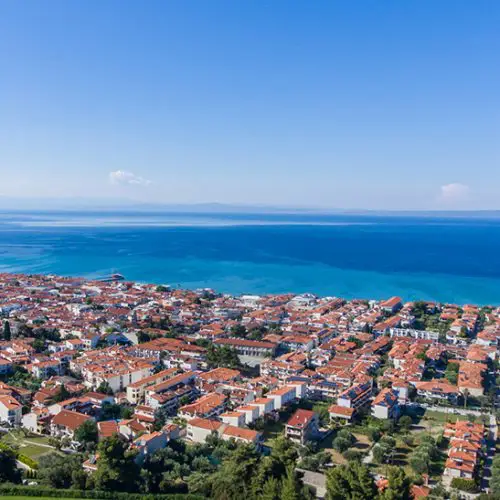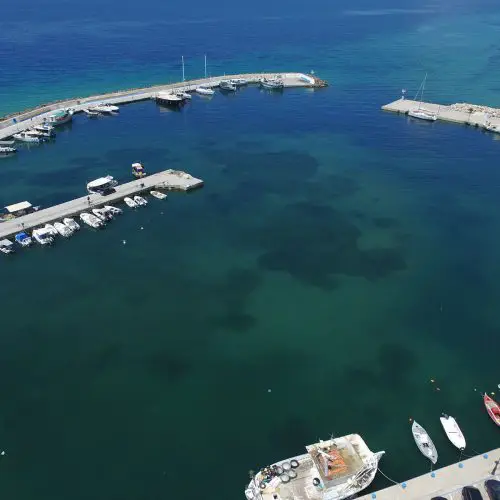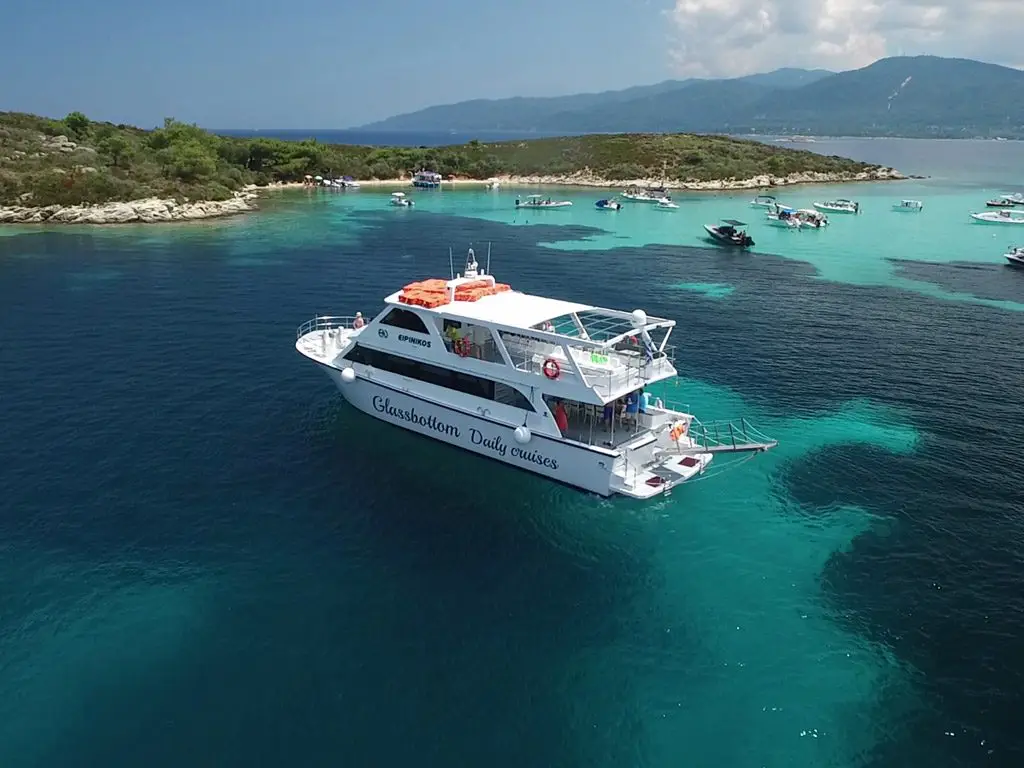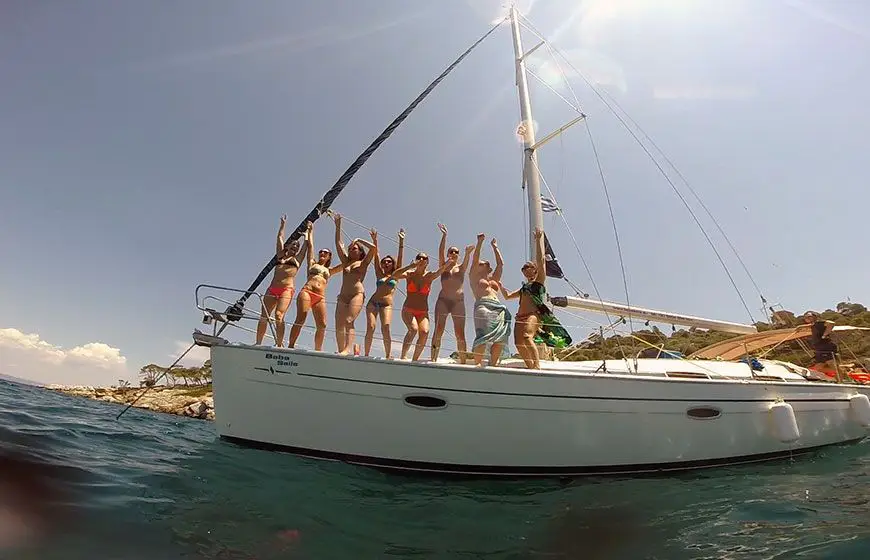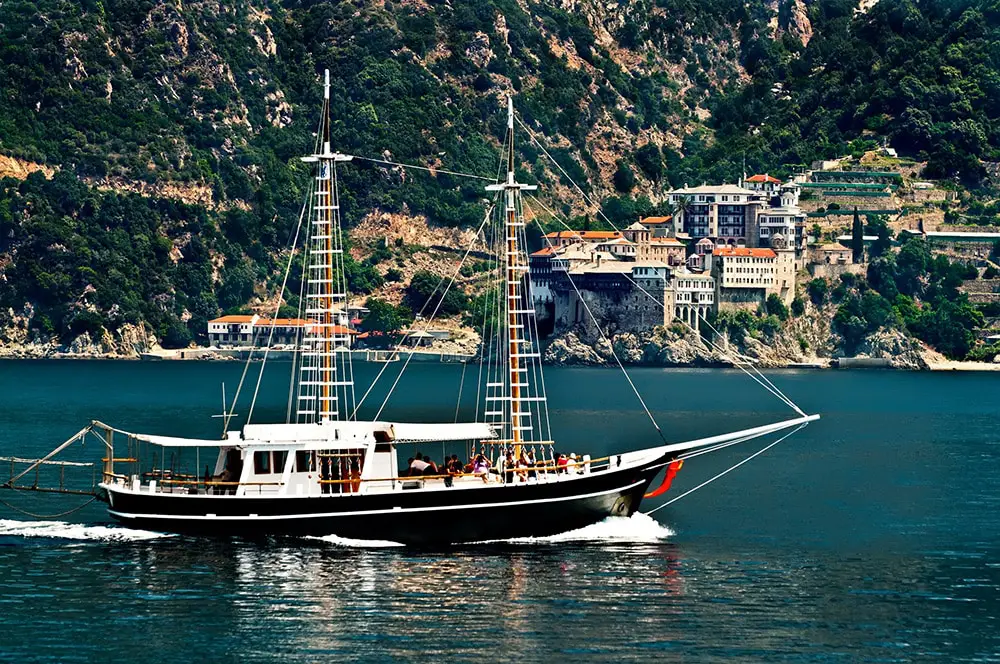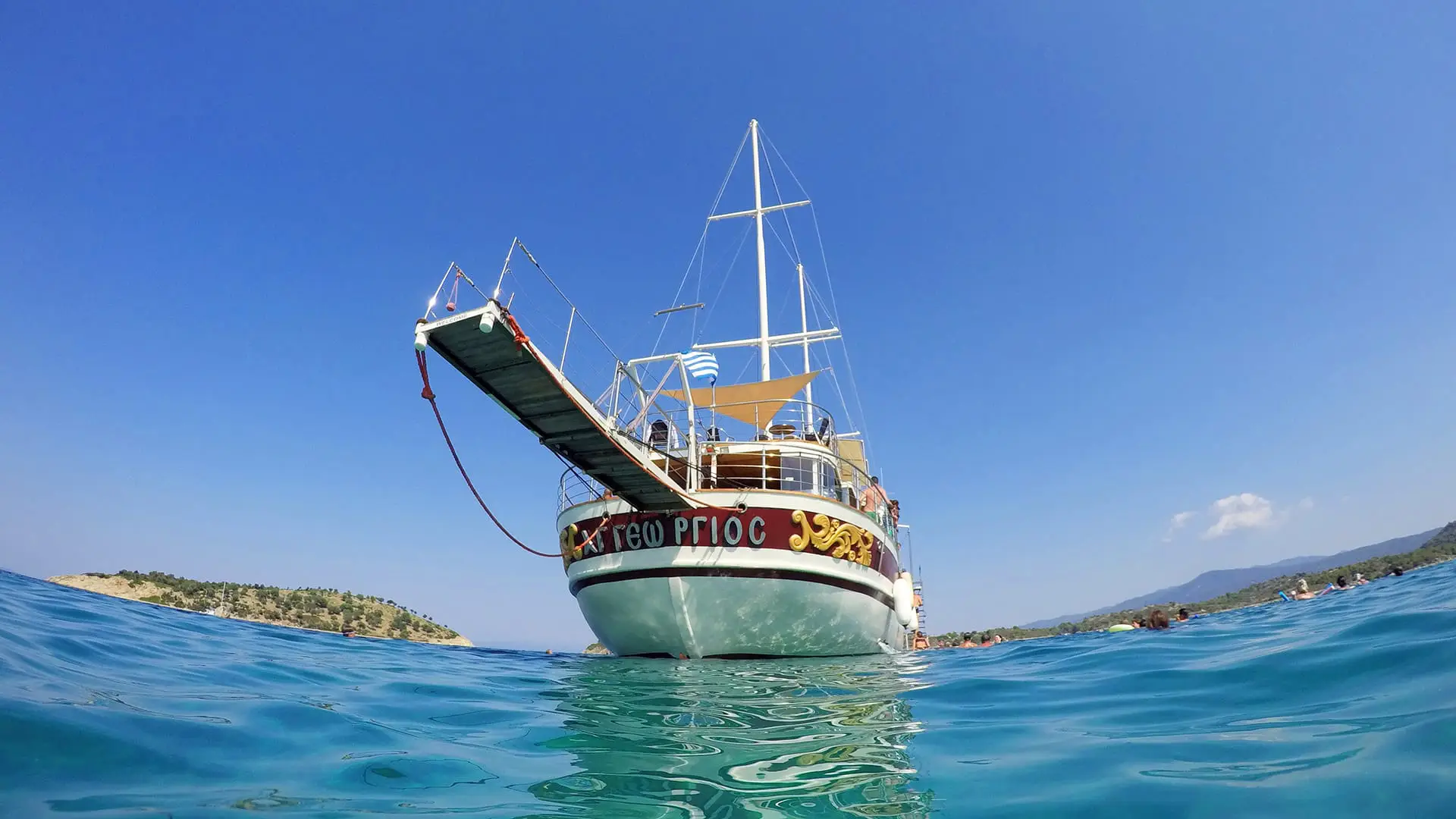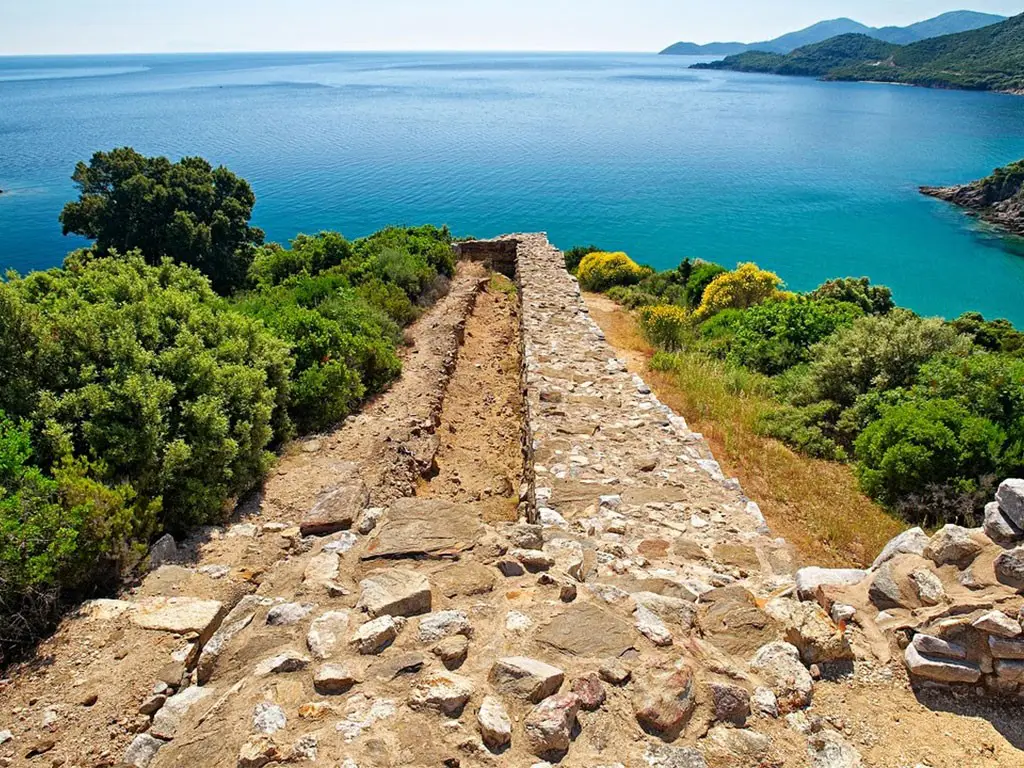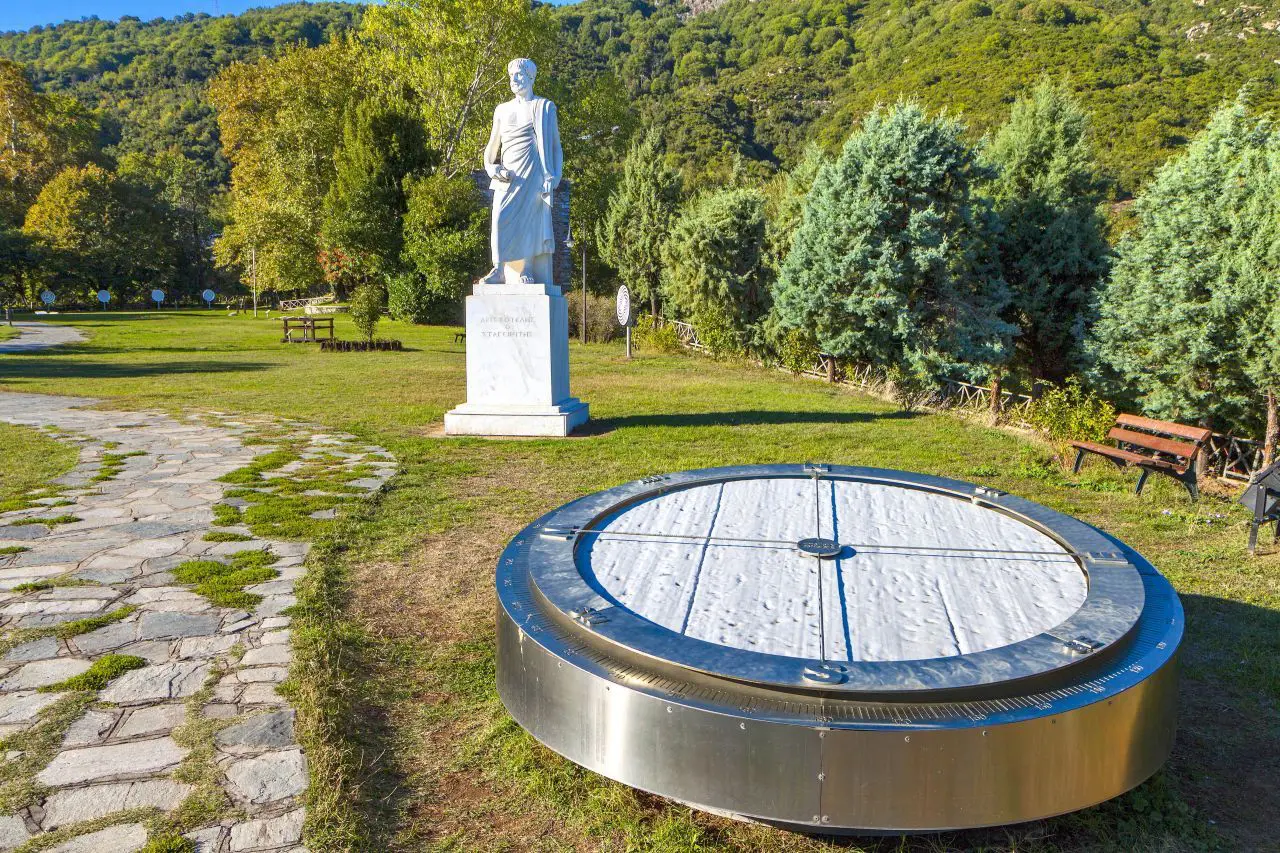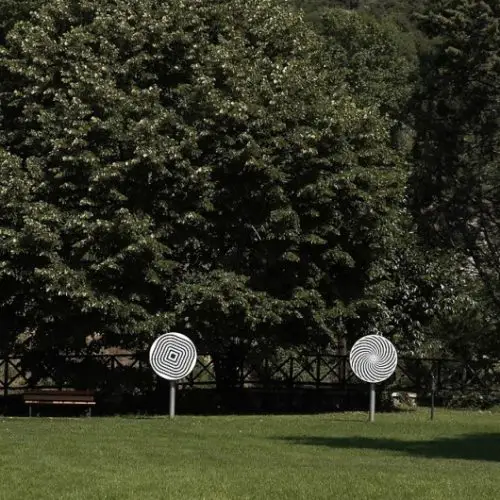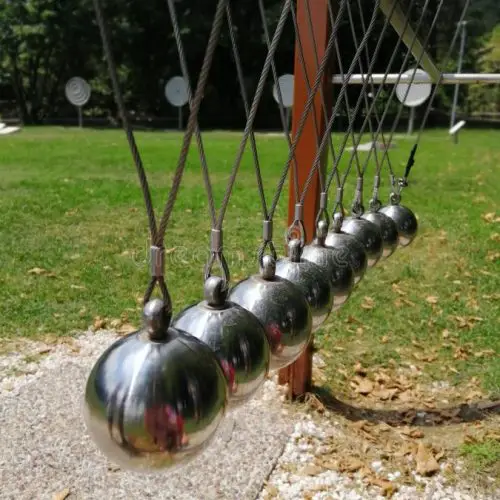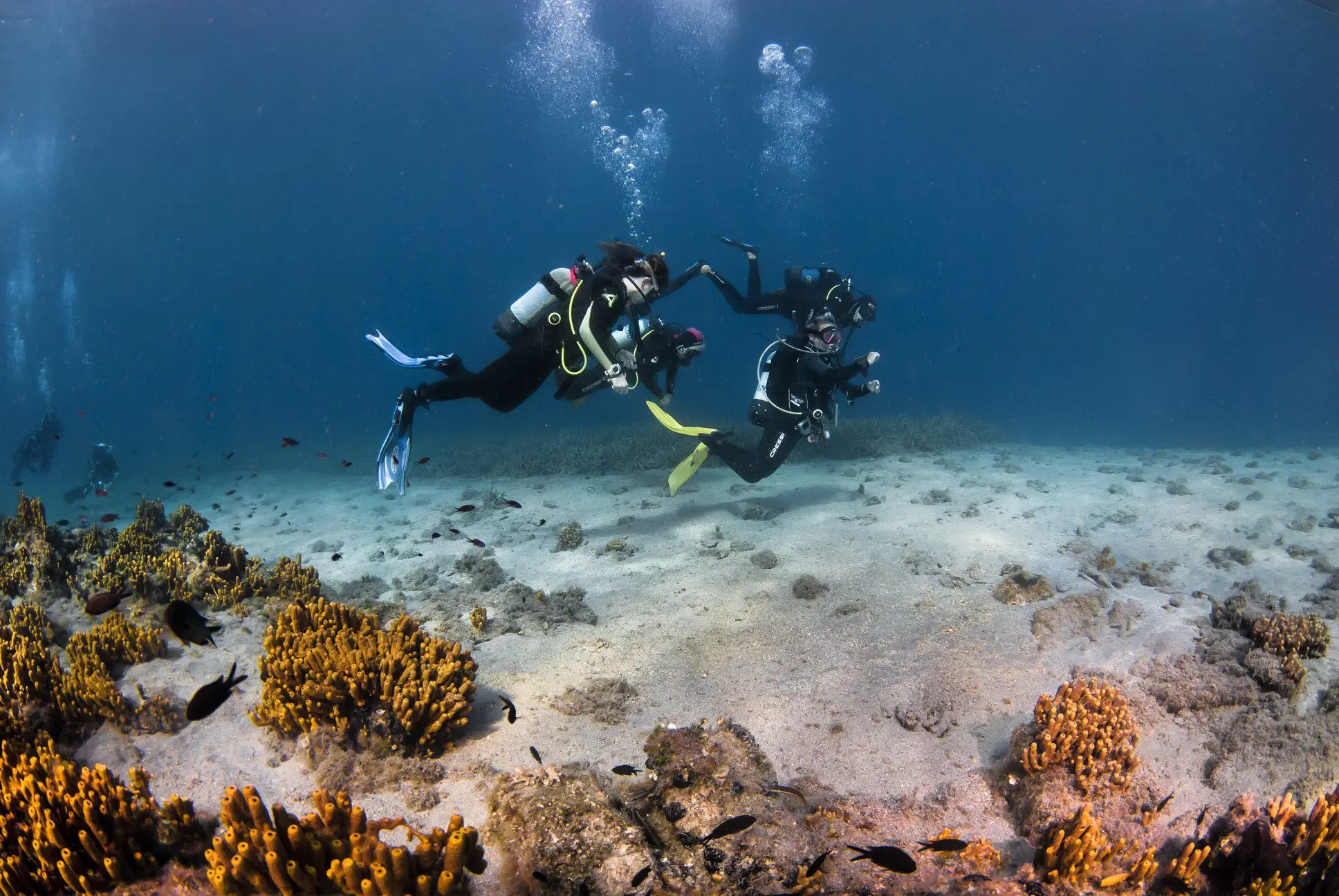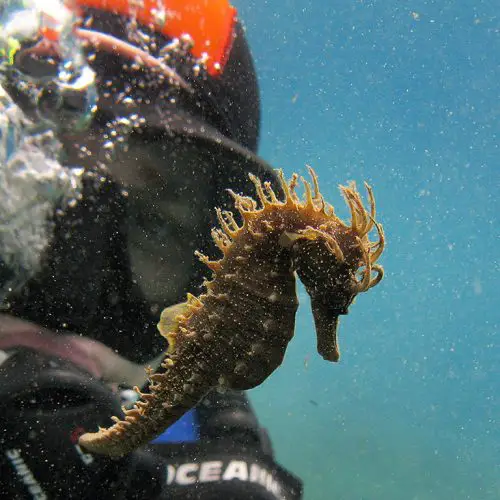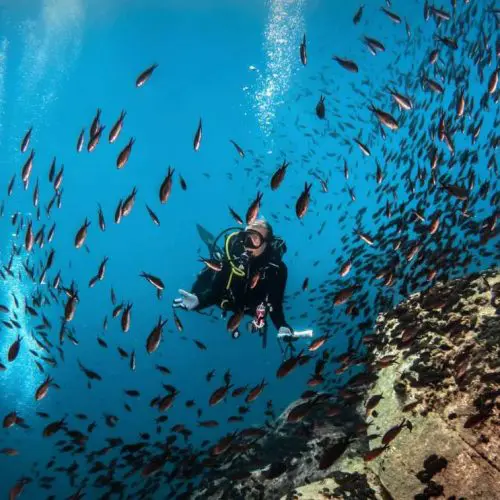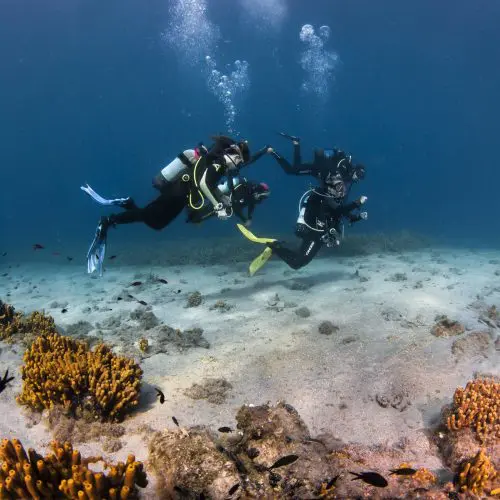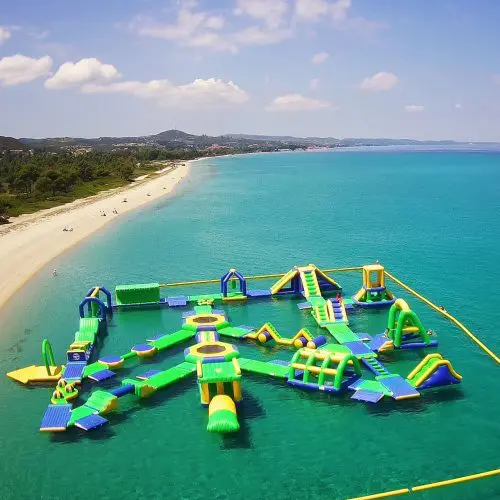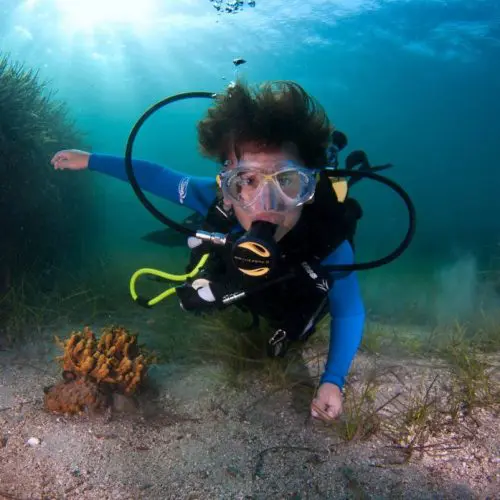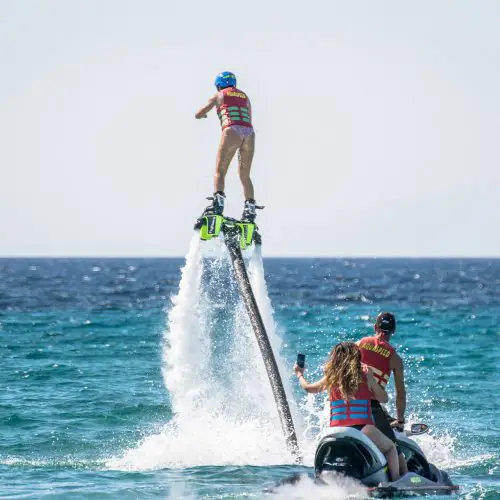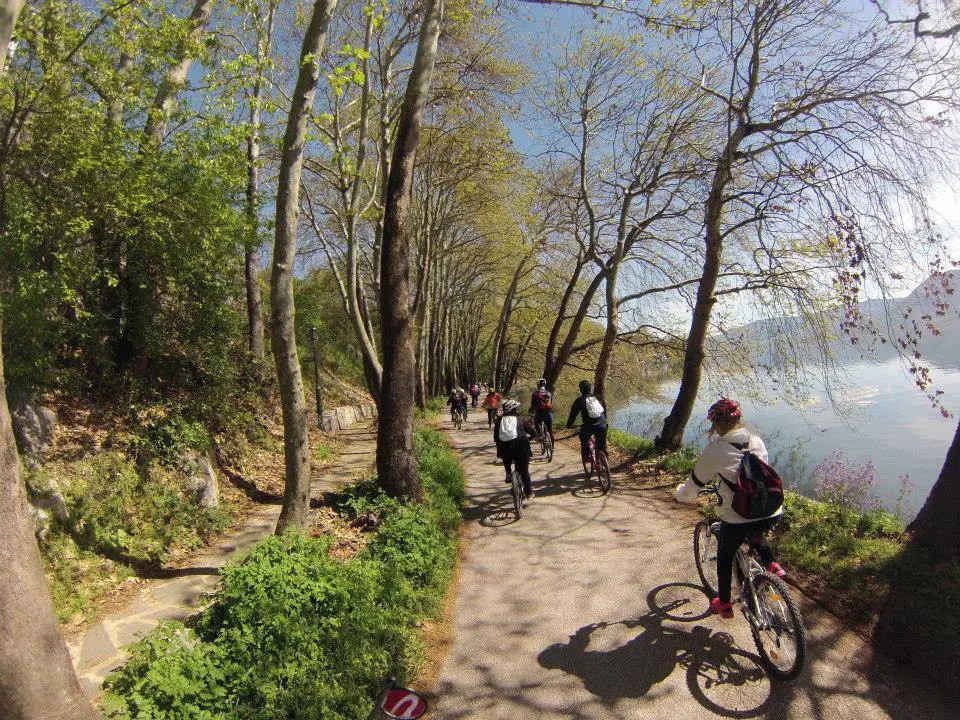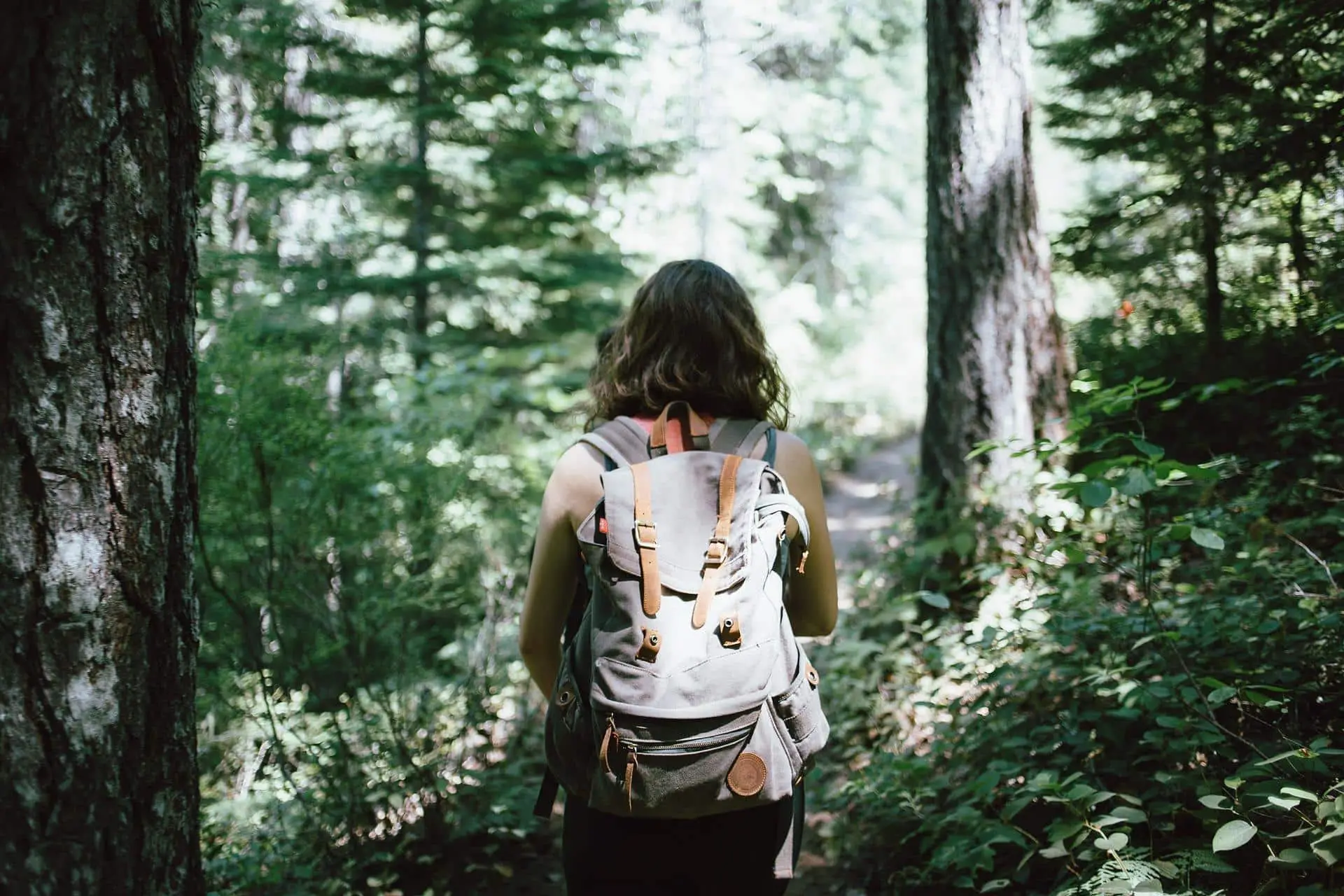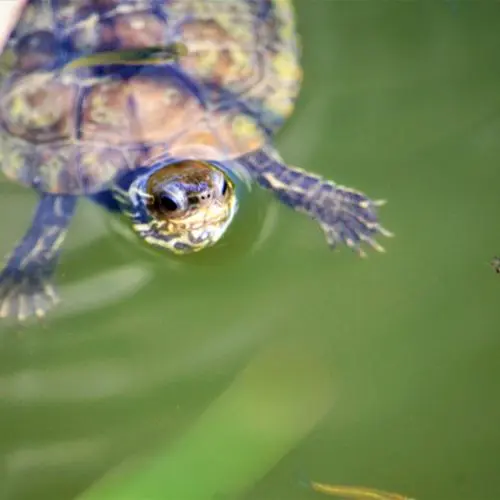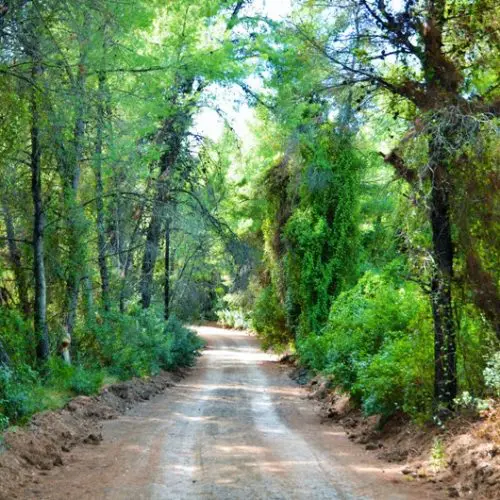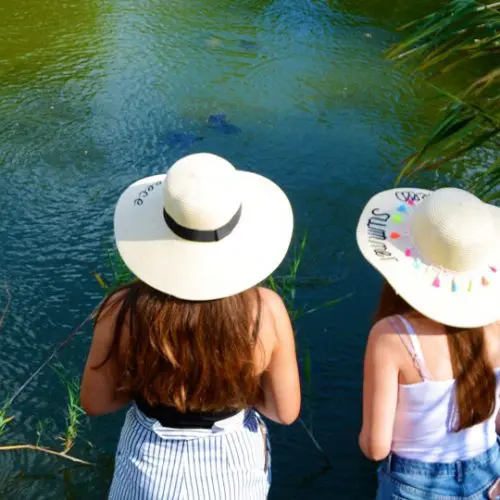Is there a better way to understand the culture and the mentality of your travel destination, than getting to know the places and the people within them? Once you decide to visit Kassandra, the first of the three Halkidiki peninsulas, a magical journey begins.
When entering Kassandra, in just 6km you will see the bridge over the Nea Potidea Canal, which technically makes the rest of the peninsula an island (!) and there you will enjoy the mesmerizing view of both sides. Sunsets or sunrises are the perfect time to be there!
Next stop is Nea Fokea, which possesses several significant sites. The most interesting one shall be the 15th century iconic Byzantine Tower of Agios Pavlos (Saint Paul), which is actually the cave where the Apostle Paul hid from his persecutors. The tower of Nea Fokea was also the headquarter of Greek revolutionist Emmanouil Papas, during the Greek War of Independence.
If you look for a truly traditional experience, you can visit Athitos (or Afitos), a unique village with stoned houses and cobbled streets. Athitos is a seaside village, located 20 km north of Pefkohori, which retains its traditional charm with stone- paved streets and quaint squares. In Athitos you can visit impressive sites, such as the ruins of Ancient Athitos, the ancient Millstone Quarries, the Folklore Museum and the natural springs of Moudounou and Vrysitsa.
Kallithea is the next village on your journey. Its name literally means “great view” and it’s one of the most vibrant and popular destinations in Kassandra. You can enjoy various leisure activities and even visit the legendary sanctuary of Zeus Ammon, with its links to ancient Athitos and ancient Egypt. Zeus Ammon was a hybrid deity combining the Greek Zeus, ruler of Olympus, and Egyptian Amun, the King of Gods. Kallithea is only 19 km away from Pefkohori and there, you will also find the stone-built Church of Agios Nikolaos.
Just 5km down the road is the hillside village of Kryopigi, which is located just 1.2km from the sea. The name Kryopigi means Cold Water Spring and derives from a natural spring with freezing water on the top of the village where a small theatre is also located.
Next village is Polychrono. It is extremely popular during the summer months. In Polychrono village you will find the Mavrobara turtle Lake, a stunning site of great ecological interest, for which there now exists a certified walking route. See more at; Activities in Halkidiki. Lake Mavrobara is home to two extremely rare species of the Emydidae family of pond turtles.
Another popular summer resort is Hanioti, which is built on the site of the ancient city of Aiyi (or Aiyai). According to the local tradition, the name of Hanioti derives from the first settler who settled at the south of today’s village (a place called “palio horio” meaning “old village”). This first settler appears to have been from Hania, Crete, so the village is called “Haniotis” (meaning coming from Hania). In Hanioti, there are basketball and 5×5 football fields, beach volley establishments and plenty of water sports on the beach. It has a large and beautiful park on the beach and also many other smaller parks, picturesque squares and tall perennial trees.
Pefkohori (or Pine Tree Village) is believed to be the site of the ancient city of Neapolis. Pefkohori is one of the most developed resort areas of Kassandra and entire Halkidiki, combining beautiful nature, organized beaches and exceptional climate, with all prerequisites for a relaxing vacation. Pefkohori’s restaurants and taverns feature an especially pleasant atmosphere and serve delicious meals that are best enjoyed with a cup of a traditional local beverage. On the beach of Pefkohori, one can see the work of sculptor Paraskevas Mageiras depicting the mythical Gigantomachy or the Battle of the Giants. It is also worthwhile seeing the beautiful lagoon, which is about 4 km away from Pefkohori village. Moreover, you will discover the Monastery of St. John the Russian see more at: History and Culture. Last but not least, you can visit the remarkable old parish church of “Theotokou Koimisis”, built during the 19th century.
At the south-eastern end of the peninsula, you will reach Paliouri, which is said to be the site of the ancient city of Theramvos as mentioned in the writings of Herodotus.
Enjoy a unique drive through pine trees for 6km and you will reach Agia Paraskevi, which is popular for its Thermal Baths and healing springs. In just 1.5km you can visit the iconic Chapel of Panagia Faneromeni, with its (supposedly) miracle-working icon of the Virgin.
Just another 1.5km down the road, you will find yourself in Nea Skioni, formerly known as Tsaprani, and then pass through Mola Kalyva, the site of ancient Mendi, once famous for its local wine.
After Nea Skioni, the route will take you to the picturesque Kalandra and the unique Possidi, where you will see the Possidi Cape and its peculiar geographical shape. Just 2km down the road and you will find yourself at a junction: to the left is Skala Fourkas and to the right is the village of Fourka and the hill village of Kassandrino. If you choose to continue straight ahead, in about 3km you will arrive at Siviri, where the popular Kassandra Festival is held every summer and attracts thousands of visitors and offers a unique variety of amazing performances and art events. Kassandria, also known as Valta, is the main service center for the peninsula. In Kassandria you can visit the Cathedral of the Birth of the Virgin, the abandoned windmill and the folklore museum. Also, there is a weekly open market in the village, where you can find traditional local products and delicacies. At the traffic lights you can take the turning up the forest road, which will bring you, after 17km, to the turning to Sani. Carrying on along the road from Kassandria, after 6km you will arrive at the main junction where you can turn to both eastern and western coasts. An open market also exists in Nea Moudania, a town in the northernmost spot of the peninsula, where you can also see the folklore and the fisheries museum. A complete tour of the peninsula will take about 175km of driving (starting from Nea Potidea).
